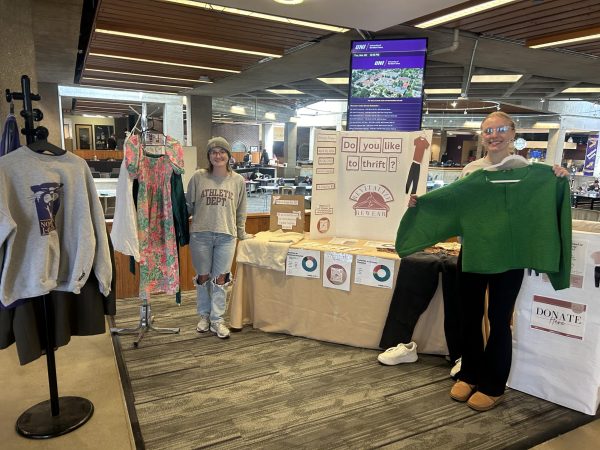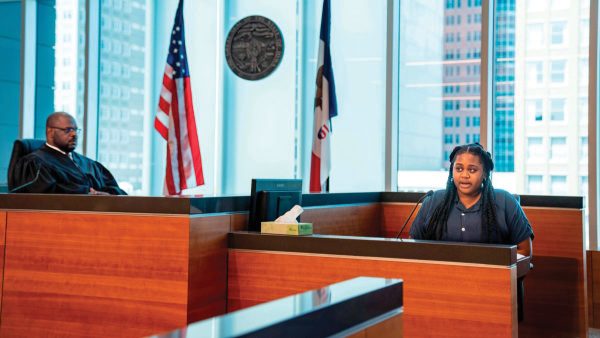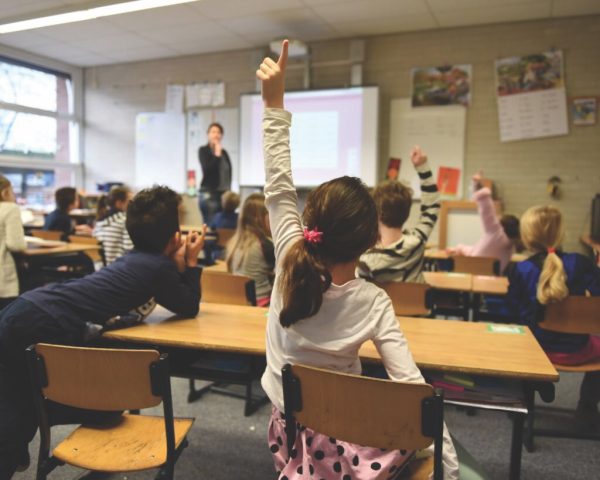The class pandemic
Jan 28, 2021
As we enter our second year of global pandemic, the wealth gap continues to widen. Between March and December of 2020, America’s 614 billionaires collectively grew their wealth by $931 billion, with Jeff Bezos and Elon Musk competing for the title of world’s richest person (currently held by Bezos, with $193 billion). Over 225 million jobs were lost last year due to the pandemic, with anywhere from 88 million to 115 million people slipping into the extreme poverty level. Chronic homelessness is expected to increase to around 49% nationwide – over twice the amount caused by the 2008 recession.
While the pandemic has been devastating to working class Americans, the 0.01% has been profiting off the unprecedented situation. There have been closures of small businesses leaving people to rely on the services of mega corporations much more heavily, and the rebounding stock market has allowed the richest of the rich to prosper even in the worst of times.
Even beyond the ultra-rich, the pandemic has illustrated a massive class divide between the middle and working classes. While members of the middle class often work white-collar jobs that transitioned to remote positions at the beginning of the pandemic and were able to retain their jobs, members of the working class have predominantly been faced with unemployment or have been forced to continue working in-person and are put at risk.
Minimum wage workers are often the ones working essential jobs, such as positions in healthcare, food service, delivery and manufacturing, and given that low-income earners are more likely to live in confined spaces with others (such as roommates), this poses an even greater danger in relation to virus spread.
Due to financial concerns and pressure from employers, low-income earners are also less likely to abstain from work when ill – a relevant issue regardless of circumstance, but especially problematic during a pandemic.
Also problematic is the lack of accessibility many lower-income families face in regards to remote learning. With many schools resuming instruction online, high-speed internet, computers, webcams and microphones are now as integral to education as books and pencils, albeit far more expensive. According to the FCC, nearly 10% of Americans did not have reliable access to the internet, leaving them disconnected from an online-based education. While remote learning has been shown to be less effective than traditional schooling in general, access to functioning technology is certain to help ease the transition.
Despite the difficulties faced by the working class, people experiencing homelessness face a uniquely devastating set of challenges. In areas with a legally-mandated curfew, people can be issued tickets for being outside their homes at night. For most people, this is a minor inconvenience, but for the homeless community, this is a major problem, especially with many homeless shelters closing due to concerns over COVID-19. If one is unable to find shelter before sundown, they may be faced with a hefty price – one they likely cannot afford. Social distancing can be extremely difficult for those in shelters, and inadequate access to PPE, water, soap and sanitizer makes prevention an issue as well. Since homelessness is an issue often left to local governments and is typically not addressed by the federal government, very little has been done to address this issue in a wide scale manner, and attempts by local governments tend to result in failure.
While COVID-19 has placed our society in a scenario we’ve never encountered before, the broadening wealth gap and serious issues faced by low-income earners and those in extreme poverty is nothing new; the pandemic has merely brought these issues to the forefront. While many of us speak of wanting to return to our “normal” lives after the pandemic, perhaps that’s not the right direction – perhaps instead of going backwards, we should go forwards and make permanent, meaningful changes to our society.
















